Nymphaea L.
waterlily
Nymphaeaceae
Barclaya, Nelumbo, Nuphar, Nymphoides
cosmopolitancosmopolitan:
(adj) essentially worldwide in distribution
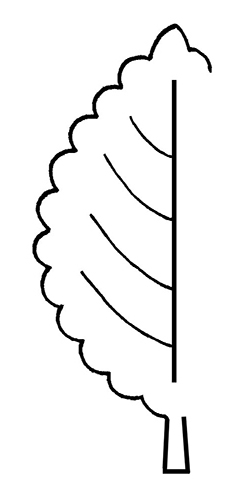
Almost all species in the genus are cultivated, as well as numerous varieties and artificial hybrids.
Nymphaea caerulea
N. gigantea Hook.
N. glandulifera Rodschied
N. immutabilis
N. lotus L.
N. mexicana Zucc.
N. micrantha Guill. & Perr.
N. rudgeana G. Mey.
N. violacea Lehm.
Various species have been introduced into numerous regions around the world. Nymphaea lotus is introduced into warmer parts of America and Europe, while N. mexicana is introduced in many countries. Nymphaea caerulea is common in eastern Australia.
Nymphaea mexicana and N. odorata are considered weedy in some countries due to large seasonal populations choking waterways.
attached rosetterosette:
(n) a radiating cluster of leaves, usually close to the ground at the base of a plant
 plant with submersedsubmersed:
plant with submersedsubmersed:
see submerged
 , floating, and occasionally emergentemergent:
, floating, and occasionally emergentemergent:
(adj) (syn. emersed) with parts raised out of the water; extending up out of the water
 leaves
leaves
Perennial. Stem a slender or stout rhizomerhizome:
(n) an underground stem, usually growing horizontally, from which both roots and shoots emerge directly; the thick, above-ground stem of ferns
 , cormcorm:
, cormcorm:
(n) a shortened, subterranean bulb-like stem or part of the stem, often bearing scale-like leaves
 , or tubertuber:
, or tubertuber:
(n) un underground storage organ formed from swelling of a stem
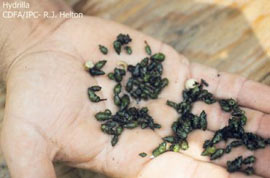 , usually bearing old leaf scars. Leaves in a basalbasal:
, usually bearing old leaf scars. Leaves in a basalbasal:
(adj) at or pertaining to the base, or point of attachment
 rosetterosette:
rosetterosette:
(n) a radiating cluster of leaves, usually close to the ground at the base of a plant
 arising from buried rhizomerhizome:
arising from buried rhizomerhizome:
(n) an underground stem, usually growing horizontally, from which both roots and shoots emerge directly; the thick, above-ground stem of ferns
 , submersedsubmersed:
, submersedsubmersed:
see submerged
 , floating, or emergentemergent:
, floating, or emergentemergent:
(adj) (syn. emersed) with parts raised out of the water; extending up out of the water
 ; petiolepetiole:
; petiolepetiole:
(n) the stalk of a leaf
 smooth, greatly elongate; leaf bladeblade:
smooth, greatly elongate; leaf bladeblade:
(n) (syn. lamina) the flat, expanded part of a leaf, frond, or petal (excluding, e.g., the petiole)
 ovateovate:
ovateovate:
(adj) egg-shaped in outline; generally with the broad end at or near the base
 , deeply sagittatesagittate:
, deeply sagittatesagittate:
(adj) shaped like an arrowhead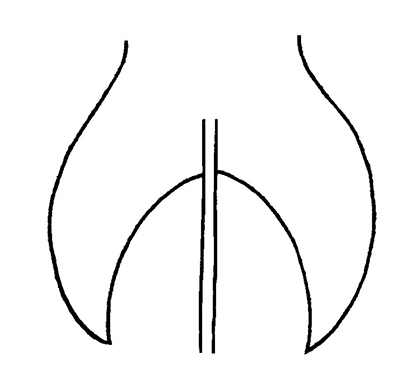 to orbicularorbicular:
to orbicularorbicular:
(adj) circular in outline
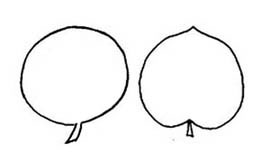 with deep sinussinus:
with deep sinussinus:
(n) the indentation or space between two lobes or divisions
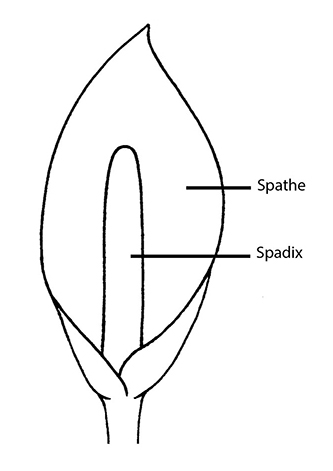 , venationvenation:
, venationvenation:
(n) the arrangement of veins in a leaf
 palmatepalmate:
palmatepalmate:
(adj) (of leaves or venation) with lobes, leaflets, divisions or veins originating from the same point
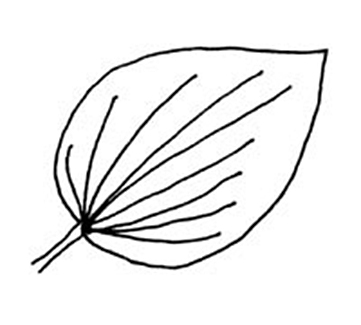 ; marginmargin:
; marginmargin:
(n) edge; rim
 entire or dentatedentate:
entire or dentatedentate:
(adj) (of a leaf margin) (1) toothed; (2) bearing shallow teeth projecting outward from midrib
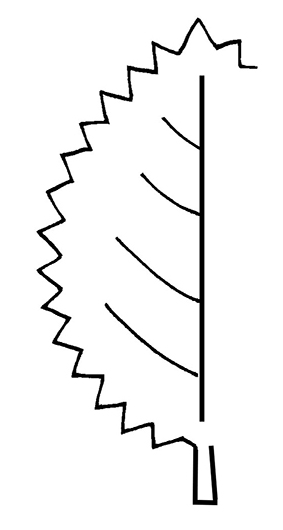 . Inflorescenceinflorescence:
. Inflorescenceinflorescence:
(n) the arrangement of flowers on the floral axis
 a large, solitary flower on a long pedicelpedicel:
a large, solitary flower on a long pedicelpedicel:
(n) the stalk of a single flower in an inflorescence, or of a grass spikelet
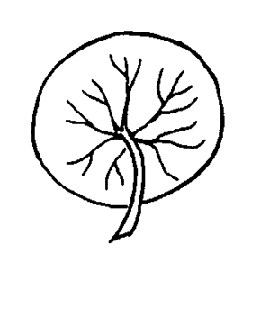 , borne above water or floating on surface. Sepals 4 or 5, green; petals numerous, in series, variously colored; stamens numerous. Dispersal by seed or sometimes by daughter plants off rhizomerhizome:
, borne above water or floating on surface. Sepals 4 or 5, green; petals numerous, in series, variously colored; stamens numerous. Dispersal by seed or sometimes by daughter plants off rhizomerhizome:
(n) an underground stem, usually growing horizontally, from which both roots and shoots emerge directly; the thick, above-ground stem of ferns
 .
.
all permanent and temporary waters are suitable to waterlily growth
A highly distinctive genus with 44 species worldwide. Countless artificial hybrids and varieties are cultivated primarily for the pond plant industry, less so for the aquarium industry. Based on molecular data Ondinea was recently found to be simply an unusual species in the Nymphaea subgenus Anecphya and has been synonymized with that genus.